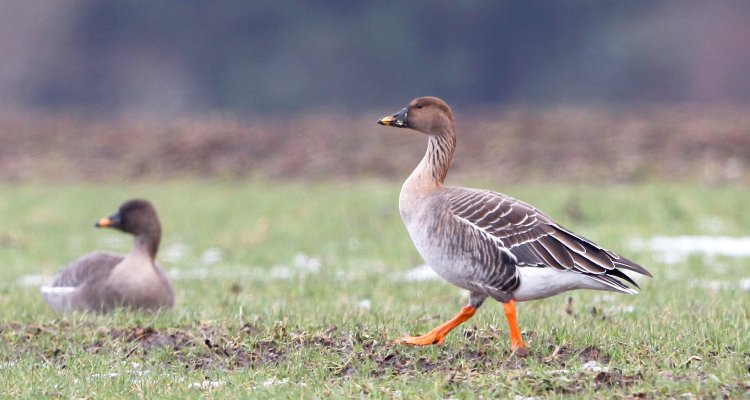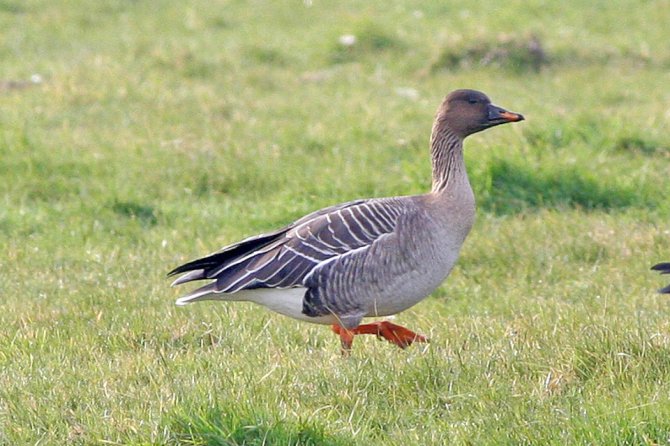
News
Are taiga and tundra bean goose merging into one species?
Taiga and tundra bean goose were on their way to become different species, until the last ice age, about 60,000 years ago. The DNA of these geese reveal a complex evolutionary history of diverging and merging.
It is not easy to tell the difference between taiga and tundra bean goose. In general, the taiga type has a longer beak with a broad orange marking whereas the tundra type has a shorter beak with a reduced orange band on the bill. In the wild, however, a lot of variation occurs, making it challenging to see whether you are dealing with a taiga or a tundra bean goose. This situation prompted an international team of researchers from Wageningen University & Research, Sweden and Finland to study these birds in more detail. They published their results in the journal Heredity.
Genome research
Based on entire DNA sequences (or genomes), the researchers reconstructed the evolutionary history of these birds. The analyses pointed towards a scenario in which taiga and tundra bean goose started diverging about 2.5 million years ago, probably because of expanding ice sheets. The geese followed distinct evolutionary paths, only to converge again around 60,000 years ago. During the ice ages, different goose populations were probably isolated in ice-free regions, so-called refugia.

One population, which would give rise to taiga bean goose, resided in Southern Europe, while another population, the ancestors of the tundra bean goose, was found on the Siberian tundra. When the climate warmed and the ice sheets disappeared, both goose populations expanded from their refugia and established contact about 60,000 years ago. This meeting was accompanied by high levels of interbreeding, resulting in genetic exchange.
Evolution as a braiding river
Are taiga and tundra bean goose now merging into one species? “That is difficult to predict,” says Jente Ottenburghs, first author of the study performed at Uppsala University. “Most parts of their genomes are almost identical, but a few regions remain quite distinct.” These regions – so-called islands of genetic differentiation – might contain genes that keep the goose populations separate and prevent them from merging into one species.
The history of life on earth might resemble a reticulated river delta with numerous interconnections
These findings have important consequences for the way biologists view the evolutionary process. Speciation – the origin of new species – is mostly depicted as a bifurcating tree in which the branches become different over time. The bean geese, however, show that this process can be reversed. “Evolution might be better represented as a complex network of rivers that continuously merge and diverge,” explains Ottenburghs. “From a distance the history of life on our planet might not resemble an ever expanding evolutionary tree, but rather a reticulated river delta with numerous interconnections.
Human evolution
We see similar patterns in human evolution. In the past, several human species, such as Neanderthals and Denisovans, coexisted and occasionally hybridized. Human evolution is also more like a river than a tree.